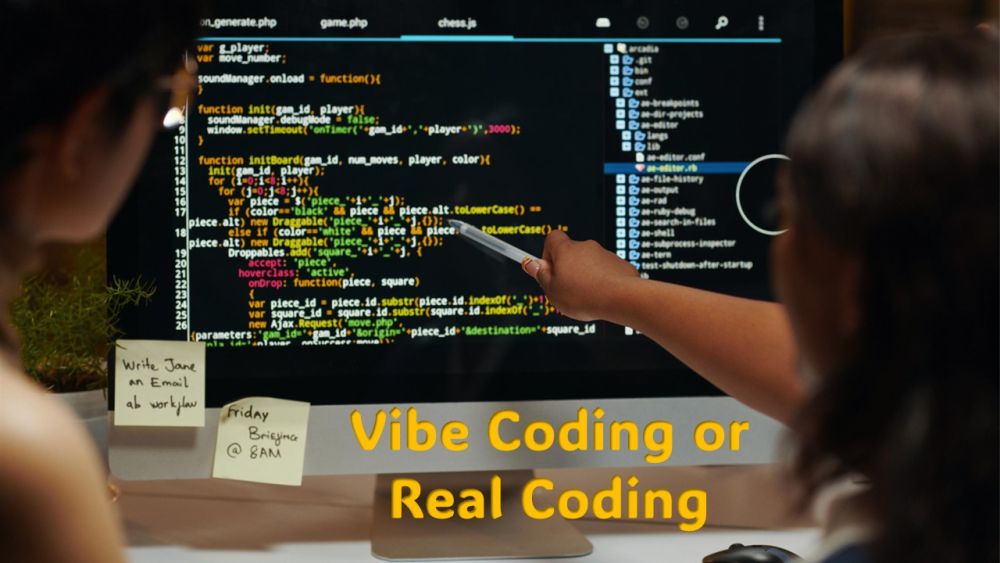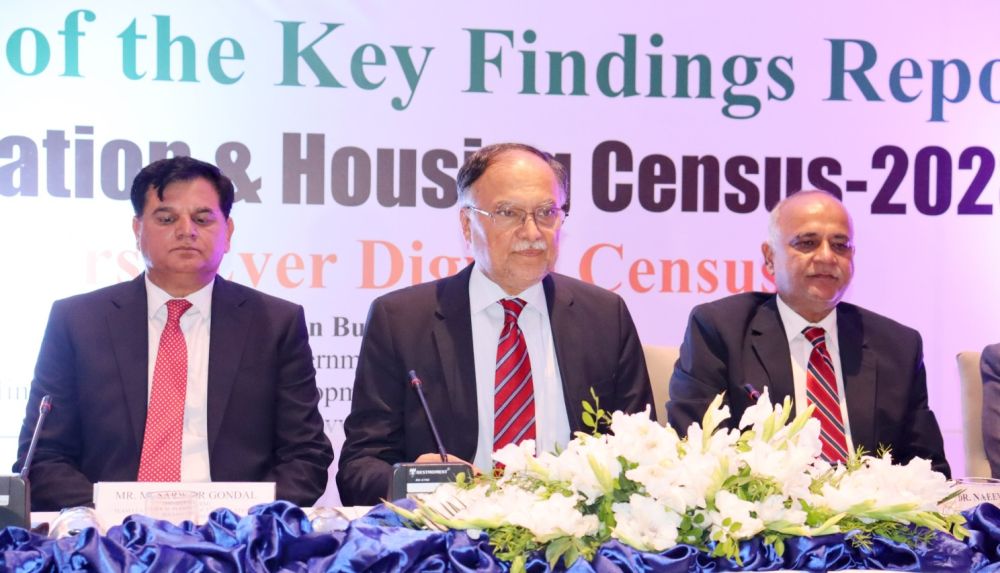211/25 Vibe Coding: Turning Ideas Into Apps Without Writing Code
Posted 2 months ago
Imagine sitting in a coffee shop, dreaming about an app to track your monthly expenses and show you easy-to-read charts. In the past, you’d need to hire a developer or spend months learning complex computer languages to make it happen. With vibe coding, you describe your idea in plain language, and artificial intelligence takes care of the rest. It’s like having a digital assistant that understands your vision and turns it into a real product.
AI researcher Andrej Karpathy introduced the concept of vibe coding, and it is quickly gaining attention in the tech world. At its heart, vibe coding is about shifting focus from learning complicated rules of programming to simply expressing what you want the software to do. Instead of typing thousands of lines of code, you explain the “vibe” of your project, the look, the purpose, and the outcome, and the AI translates it into working software. The idea is similar to describing your dream house to an architect: you don’t need to know how to lay bricks or run wiring, you need to be clear about what you want, and the experts, or in this case, the AI, make it happen.
What makes vibe coding truly exciting is the speed and accessibility it offers. A project that once took weeks can now be created in hours, allowing startups and entrepreneurs to test out ideas without heavy investment. But the real game-changer is for people outside the tech industry. Designers, teachers, doctors, or small business owners who have never written code can now build digital tools themselves. This isn't just about saving time or money, it's about empowerment. Instead of worrying about technical details, they can focus on creativity, innovation, and solving real-world problems, feeling confident and capable in their newfound digital skills.
Already, vibe coding is showing its usefulness in many areas. Startups use it to quickly build prototypes and test business ideas before seeking funding. Small business owners experiment with apps to manage sales, bookings, or inventory without hiring developers. In classrooms, students discover the thrill of turning ideas into working projects without being slowed down by technical hurdles. The result is a wave of empowerment: more people than ever before can actively shape the digital world around them.
Of course, vibe coding is not perfect and comes with its share of challenges. Artificial intelligence is powerful, but it is not flawless. Sometimes, the code it generates can be messy or contain mistakes. If those errors go unchecked, they can create bigger problems. Security is another concern. An app created quickly without careful review might have weaknesses that hackers could exploit. It's important to note that like any powerful tool, vibe coding could be misused. There's a potential for unethical or malicious use, such as creating apps for surveillance or spreading misinformation. And while vibe coding is perfect for small projects or experiments, scaling up to large, professional-grade software still requires skilled developers who understand architecture, security, and performance.
Still, vibe coding doesn’t spell the end of traditional programmers. Instead, it changes their role. Developers will spend less time typing repetitive instructions and more time guiding AI, ensuring quality, and focusing on big-picture design. At the same time, non-technical people now have a tool to bring their ideas to life without depending entirely on experts. This shift in the landscape of software creation could spark an explosion of creativity and innovation. Imagine the possibilities when millions of new voices, armed with the power of vibe coding, enter the world of software creation. It's a future that's both inspiring and exciting.
Looking ahead, the possibilities with vibe coding are enormous. Imagine community centers or small studios where anyone can walk in with an idea and leave with a functioning app. Picture kids in schools designing apps to solve problems in their neighborhoods or small businesses in developing countries, creating digital tools without waiting for outside help. Vibe coding could democratize software development like smartphones democratized photography suddenly. The ability to create is in everyone’s hands, and this potential for democratization should fill us all with hope and optimism for the future.
Vibe coding is less about typing commands and more about capturing the essence of an idea. It feels like moving from writing music on paper to simply humming a tune while an orchestra brings it to life. If it continues to grow, vibe coding could become the ultimate creativity tool of our digital age, unlocking the power of technology for anyone with imagination, not just those with programming skills.





